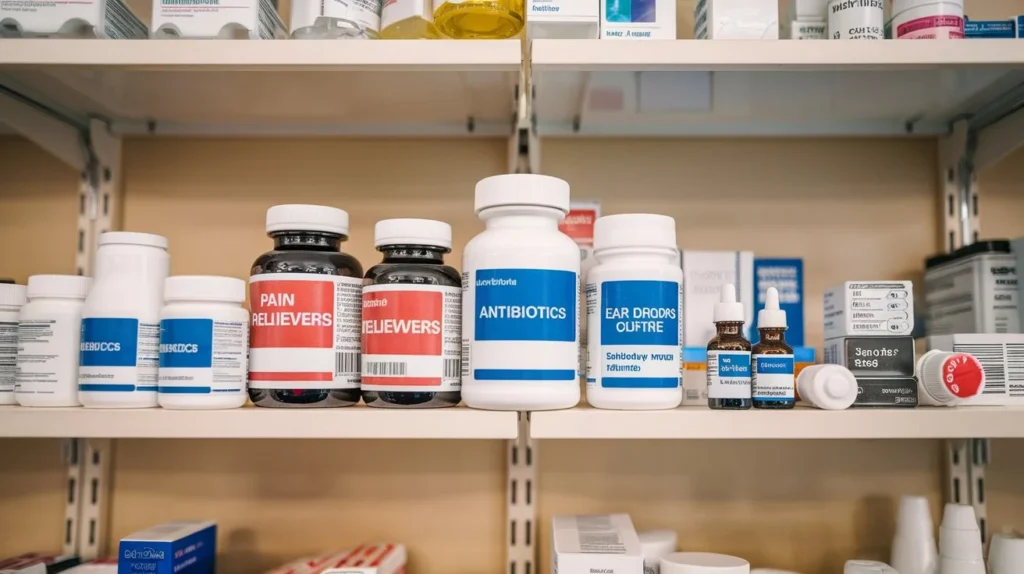Understanding Measles in Children: What Every Parent Should Know
Measles can be a serious illness in children, despite being preventable through vaccination. If you’re a parent or caregiver, understanding the symptoms, risks, and prevention methods for this illness can make a big difference. This guide provides essential insights to help you protect your child’s health, drawing on reliable research and real-world statistics.
Table of Contents
1. What is Measles?
Measles or Rubeola is a highly contagious infection that primarily affects young children. It’s caused by a virus that spreads through the air when an infected person coughs or sneezes. It can be particularly severe in children under five, pregnant women, and people with weakened immune systems.
Quick Facts:
| Fact | Description |
|---|---|
| Contagiousness | Spread by coughing, sneezing, or close contact |
| Incubation Period | 7-14 days before symptoms appear |
| Global Prevalence | Most common in regions with low vaccination rates |
2. Symptoms and Stages
Recognizing the symptoms early can help you seek treatment promptly. Measles typically progresses through stages:
| Stage | Symptoms | Duration |
|---|---|---|
| Incubation | No visible symptoms, virus multiplies internally | 7-14 days |
| Prodromal | Fever, runny nose, cough, and red eyes | 3-5 days |
| Rash | Red rash starts on face, spreads to body | 4-7 days |
| Recovery | Symptoms gradually subside, though cough may persist | Several days |
During the prodromal phase, children may also develop small white spots inside the mouth, known as Koplik spots, which are a classic sign of measles.
3. Causes and Transmission
Measles is caused by a virus in the paramyxovirus family, which lives in the mucus of the nose and throat of an infected person. Once airborne, the virus can remain in the air or on surfaces for up to two hours. This makes it highly contagious.
| Mode of Transmission | Example |
|---|---|
| Airborne Spread | Coughing, sneezing |
| Surface Contact | Touching a contaminated surface |
| Close Personal Contact | Hugging or holding |
Did You Know? If someone is exposed, there’s a 90% chance they’ll become infected if they’re not immune.
4. Risks and Complications
While measles may seem straightforward, complications can occur, particularly in young children. These include:
| Complication | Description | Frequency |
|---|---|---|
| Ear Infections | Can lead to hearing loss | 1 in 10 cases |
| Pneumonia | A serious lung infection | 1 in 20 cases |
| Encephalitis | Brain swelling that can cause seizures | 1 in 1,000 cases |
| Death | Especially in young, unvaccinated children | 1-2 in 1,000 |
Children with weakened immune systems, malnutrition, or vitamin A deficiency are particularly vulnerable to severe cases.
5. Prevention and Vaccination
The best way to prevent measles is by immunization. The Measles, Mumps, and Rubella (MMR) vaccine is typically administered to children in two doses:
| Vaccine Dose | Age of Administration | Effectiveness |
|---|---|---|
| First Dose | 12-15 months | 93% effectiveness |
| Second Dose | 4-6 years | 97% effectiveness |
Countries with high vaccination rates see far fewer cases of measles. In the U.S., widespread vaccination has significantly reduced the number of cases, though outbreaks can still occur, especially when vaccination rates drop.
6. Treatment and Care
There is no specific cure for measles, but you can manage symptoms and support your child’s recovery through various measures:
At-Home Care Tips:
- Hydration: Offer fluids to prevent dehydration from fever.
- Rest: Ensure your child gets plenty of rest.
- Medication: Use over-the-counter pain relievers for fever (consult a doctor before use).

Medical Treatment:
- Vitamin A Supplements: High doses of vitamin A have been shown to reduce complications.
- Hospitalization: In severe cases, hospitalization may be necessary, especially if complications arise.
7. FAQs
Q: How long is a child with measles contagious?
A: Children with Rubeola are contagious from four days before the rash appears until about four days after. During this period, keep your child isolated from others to prevent spreading the virus.
Q: Is there a risk of getting Rubeola even if vaccinated?
A: While the vaccine is highly effective, it’s not 100%. However, vaccinated children are far less likely to contract the virus, and if they do, the symptoms are generally milder.
Q: Are there any long-term effects of Rubeola?
A: Most children recover fully, but some may experience long-term complications, particularly if they develop serious conditions like pneumonia or encephalitis.
Conclusion
Measles is a preventable illness that can still have severe consequences, especially in children. By understanding the symptoms, risks, and ways to protect your child, you’re better prepared to make informed decisions. Vaccination remains the most effective tool in preventing this illness and safeguarding your child’s health.
References:
- Centers for Disease Control and Prevention. “Measles Information.”
- World Health Organization. “Global Measles and Rubella Strategic Plan.”
- American Academy of Pediatrics. “Measles Management in Children.”







